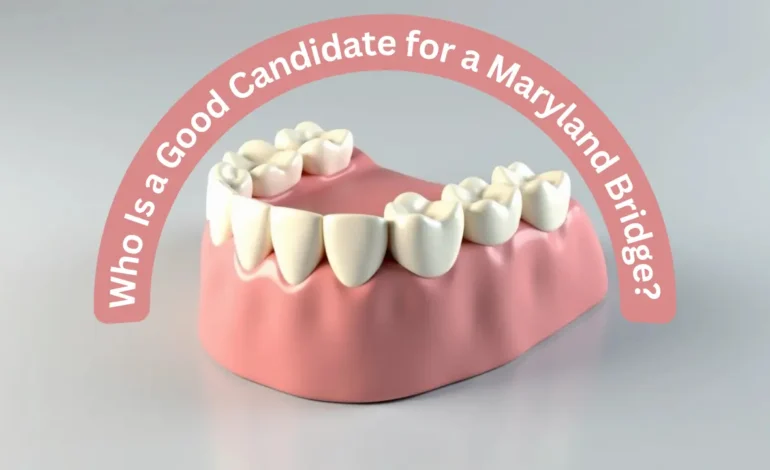Introduction
During emergencies safe and clean drinking water is key. Water bottling is critical because natural disasters, infrastructure failures or contamination can make regular supply stop. In the post we will explore the role of bottled water during emergencies, discuss the steps to prepare for water shortages, and why it should be your friends when disaster strikes.
Water in Emergencies
Life or Death
Life is water; it is for hydration, digestion and temperature regulating. Dehydration is life threatening within days without clean water.
Water for Sanitation
Clean water is important for drinking only; you also need it for simple hygiene tasks such as handwashing and, in some cases, cleaning wounds or food preparation. During emergencies the risk for disease outbreaks increases because of lack of potable water.
Why Bottled Water is an Emergency Solution
Pre-Packaged and Portable
The benefits like pre packaged, easy to store, transport and for distributing during crises, makes bottled water highly preferred. It’s portable, so clean water is possible even when people are displaced.
Long Shelf Life
Most bottled water has a shelf life of no more than 2 years making it ideal for emergency kits for health.
Safe and Contaminant Free
Water from compromised sources contain contaminants and is unsealed; bottled water is sealed and contaminant free, it is a safe option in emergencies.
Situations Where Bottled Water Is Required
Natural Disasters
- But the debris, sewage or chemicals in the water get into the supplies and tap water becomes undrinkable.
- Earthquakes: Water infrastructure damage can cut off supply and contaminate it.
Infrastructure Failures
- Municipal water systems are old pipes or power outages or treatment plant failures.
- Until systems are restored, bottled water fills the gap.
Contamination Events
- Tap water can become undrinkable upon chemical spills, lead contamination or biological outbreaks.
- In the interim, bottled water is an alternate where one can’t depend on water from the tap.
Emergency Preparedness: How much stockpile of bottled water do you need?
Government Guidelines
- According to the Federal Emergency Management Agency (FEMA), you should have at least one gallon of water per person per day for at least 3 days.
- So you need to add more for pets, cooking, and sanitation.
Considerations
- Family Size:They need more water for basic needs and larger family requires more water for theirs.
- Duration of the Emergency: Store water for 7–14 days in areas with long term disasters.
Storage Tips
- Bottled water should be stored in a cool, dark place, realizing it should not be kept near sunlight or chemicals.
- Rotate supplies esp once in a while to keep them fresh.
Bottled Water Alternatives in Emergencies
Home Water Storage
- Fill clean containers of tap water and put them in a safe, dry place.
- To make it safe it is possible to add water purification tablets or use a water filter.
Water Purification Methods
- Boiling: It kills bacteria, pathogens but does not remove chemical contaminants.
- Portable Filters: Lightweight and effective is straw filters or pump filters.
- Chemical Treatments: In an emergency chlorine dioxide tablets or iodine can purify water.
Bottled Water Challenges in Emergencies
Availability
- For large scale disasters such as floods, geneva watches men, bottled water supplies quickly run out as demand far exceeds supply and logistics for delivery are an issue.
Distribution
- It’s not easy getting bottled water to remote places or places hit hard by disasters when roads and infrastructure are destroyed.
Environmental Impact
- Bottled water used in emergencies creates plastic waste and we need good recycling systems during disaster response.
Solutions for Emergency Water Access
Community Based Solutions
- An emergency can be provided with mobile water treatment units.
- If supplemented with filtration, rainwater harvesting systems can work as a supplier of bottled water.
Advanced Emergency Kits
- Now, some of the kits come with compact, reusable water filtration system for long term emergencies.
- To create drinking water from saltwater, there are efforts to develop solar powered desalination units.
Case Studies: Bottled Water in Recent Emergencies
Hurricane Katrina (2005)
Millions of gallons of bottled water were distributed across the affected areas so it was a lifeline for residents and rescue workers.
Flint Water Crisis (2014-2016)
When the Flint, Michigan, drinking water crisis hit, bottled water was the only one for residents to drink for years.
COVID-19 Pandemic (2020-2022)
The demand of water bottled skyrocketed as people started to stock up for any future possible disruptions proving that it’s important during emergency.
How to Add Bottled Water to Your Emergency Plan
Build an Emergency Kit
Also take water bottled, non perishable foodstuffs, a first aid kit, flashlights and batteries. Ensure that the kit it is easy to find.
Vulnerable Individuals Plan
- Family members, children and pets, elderly, will likely need more water or specialized storage solutions.
- Larger containers should be kept and smaller more portable bottles for those who can’t lift them.
Stay Informed
Keep an eye on local advisories and be prepared to evacuate with sufficient water bottled if so.
Sustainability in Emergency Preparedness
Recycling During Recovery
Recycling plastic bottles during disaster response will have the least environmental impact.
Reusable Water Storage
Check out collapsible water storage containers or barrels for bottles less plastic when it comes to storing water for the long haul.
Conclusion
In emergencies, bottled water is an essential, convenient and safe way to get water when other means are not available. We can’t ignore the environmental impact, while also not deny its importance to emergency preparedness and response. Everything you need to know about water in one succinct video.
